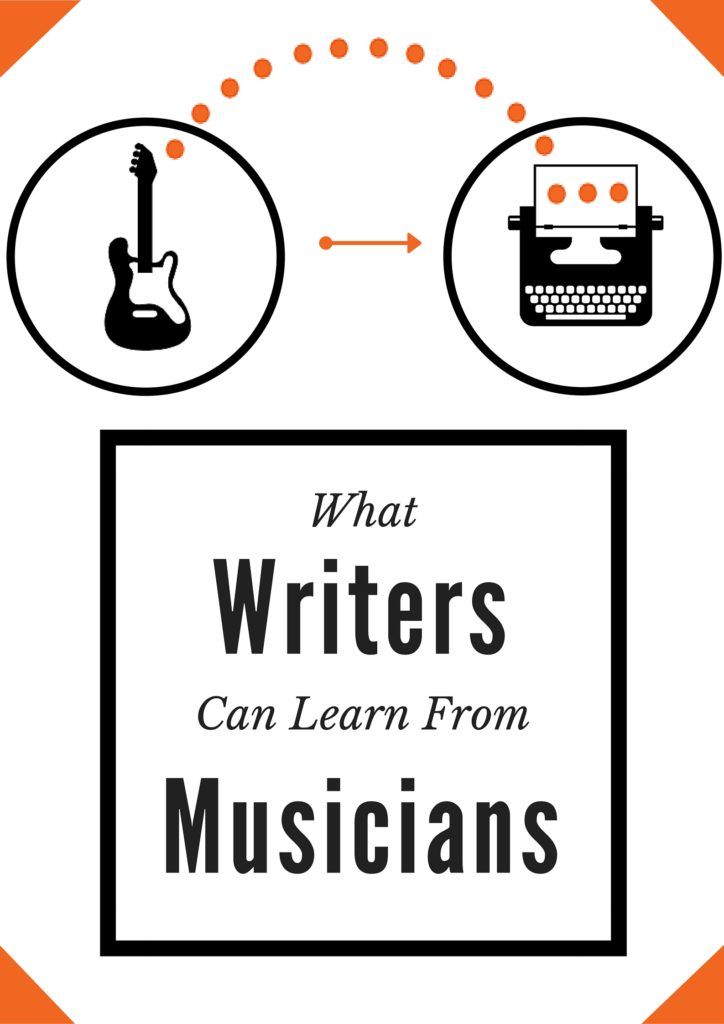 Writers, if you’re stuck in a creative rut, maybe all you need is a jam session.
Writers, if you’re stuck in a creative rut, maybe all you need is a jam session.
Art is all about connection: to the world, to each other, and to other forms of art. We often forget this last aspect, and it’s time we started learning from each other and our many different approaches to creativity.
If your writing feels impersonal, irrelevant, and disconnected from your audience’s expectations, maybe all you need is to learn some writing techniques from a musician.
I’ve played the oboe for 11 years, and I have been a musician for even longer. The lessons I’ve learned and continue to learn through music and the people surrounding me because of it are definitely worth sharing with fellow writers.
So what are you waiting for? Tune up your writing skills with these 8 time-honored techniques straight from the world of music.
8 Writing Techniques Inspired by Musicians
1) Perform for a Sold-Out Stadium
 “Art is essentially communication. It doesn’t exist in a vacuum. That’s why people make art, so other people can relate to it.” Conor Oberst, Singer-Songwriter
“Art is essentially communication. It doesn’t exist in a vacuum. That’s why people make art, so other people can relate to it.” Conor Oberst, Singer-Songwriter
Performance is an act of communication, and musicians are accustomed to a life onstage. Writers, unfortunately, are often stuck in isolation, unable to benefit from the direct feedback and energy that performing live offers.
It’s important for writers to get out of our bubbles, no matter how comfortable they seem, and experience the roller-coaster of emotions that occurs during a performance. Not only will you get live feedback — you’ll have something great to write about!
These examples will give you some fresh ideas.
- Literary Death Match: It’s less violent than it sounds, but just as hilarious. Writers compete for the support of judges in this talent show, story-telling extravaganza that is just as entertaining as it is intellectually satisfying.
- Def Jam Poetry: This show brought spoken word poetry to the silver screen. Check out a clip, featuring the (in)famous Kanye West.
- Spoken Word Poetry: I had the pleasure of seeing Andrea live at my school. After watching the video, read the poem and notice how it feels on the page. How would people read your writing? How would you read your writing?
- Writer Matt Bell’s inventive event brought the usually intimate act of writing to the world. Check out this promotion for the virtual performance.
The best way to learn about and truly connect with your audience is to get in front of them. Stay up-to-date with technology to keep in touch with audiences, trends, and feedback to what’s happening in the world of writing.
But also, get out to a local book club or open mic night at a coffee shop. Even if you’re not ready for that, just gather a handful of friends to listen to you in a mock performance setting that’s comfortable for you. You’ll be surprised how much you learn from performing.
2) Take Lessons
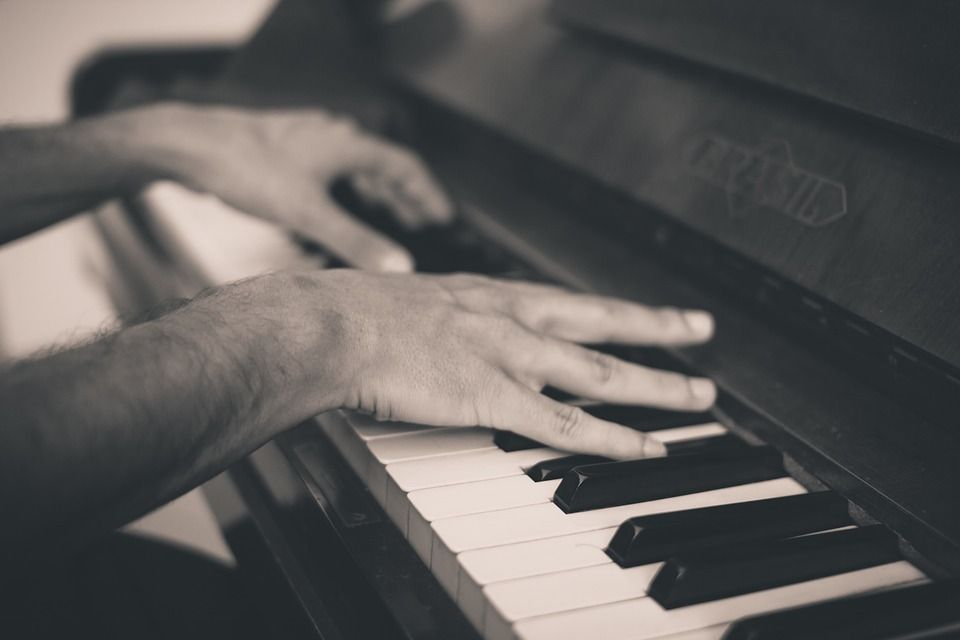 Musicians take lessons, perform in master classes, play mock auditions, and record themselves on a regular basis. Plus, rehearsals are collaborative spaces filled with constructive criticism as well as new and different perspectives in a casual setting. This thirst for feedback is a technique writers should definitely pick up.
Musicians take lessons, perform in master classes, play mock auditions, and record themselves on a regular basis. Plus, rehearsals are collaborative spaces filled with constructive criticism as well as new and different perspectives in a casual setting. This thirst for feedback is a technique writers should definitely pick up.
As you already know from Conor Oberst (and hopefully from your creative instincts) “art is essentially communication.” Here are a few ideas to get new perspectives from the outside world as well as from within. Try some out, and see if you can think of some more.
- Participate in writer’s workshops.
- Take a writing class at a local college or online.
- Collaborate on writing a piece with another author. You draft it and they revise it, or you write half and they write the other half.
- Make a YouTube video of yourself reading a piece.
- Listen to your work being read back by a person, or by Google Translate — you can’t get much more objective (or monotone) than that.
- Send your work to friends (from the real world or the internet), colleagues, Facebook friends, new Tinder matches … as long as you’re getting opinions from people you respect, you’re moving in the right direction!
- Reformat your work: turn a poem into a short story.
- Reorder your work: you might make new connections!
Before you dive in, it’s important to learn how to take criticism, even if some of it is from yourself. Develop a comfortable distance from your work: though you put your heart into your writing, you are more than one book or one person’s opinion on it.
Be self-critical, but never self-conscious. Don’t let your ego stop you from being productive and growing into the best writer you can be!
3) Scales, Long Tones, and Etudes: Practice with Persistence
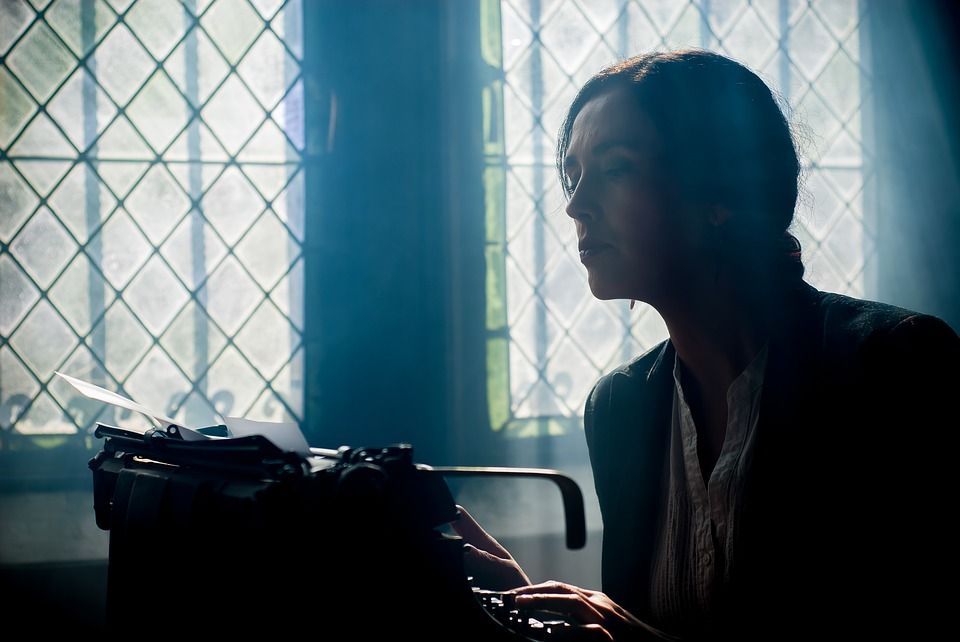 Some musicians do better with marathon practice sessions, while others play an hour or less at a time a few times a day. Find what works for you. Ask yourself:
Some musicians do better with marathon practice sessions, while others play an hour or less at a time a few times a day. Find what works for you. Ask yourself:
- Do I write better at a certain time of day?
- How much time do I need to redraft and edit?
- Do I like to procrastinate? It’s fine, you can work with it! Just give yourself multiple mini-deadlines.
- What steps will lead me towards my end goals, both for today and for next year?
Any musician will tell you that they’re always learning, whether it’s a practice or a performance. So even if you’re writing the most important poem of your life, be patient with yourself in the process. Here are a few practice techniques straight from my oboe lessons that are just as effective for writing.
- Work on what you can’t do … yet.
- Attention to detail separates the amateur from the professional.
- Obey the composer’s wishes by playing every specified detail! Say exactly what you wish to say.
- Colors, harmony, texture, blend, volume … these words I hear in musical contexts on a daily basis could be applied to so many art forms. Reimagine your writing as a piece of music, a painting, or a movie scene.
Once you have your routine, don’t be afraid to change it up. Follow your own creative energy and inspiration. As for your assignment, build in your fundamentals:
- Long tones: For musicians, these are all about getting your tone established. Push yourself to the limits so you know where they are — this is the time to stretch them with a free write! Keep it simple — just let your ideas pour out.
- Scales: Scales are all about sharpening your technique and changing direction on a dime, and editing something you just frantically wrote will surely accomplish both feats. Pick out a few sentences from your free writing session and turn them into a short poem or story.
- Etude: Pardon my French — an etude is a simple study written for the sake of learning for learning’s sake! Try these images or songs that will act as prompts for you. Remember the freedom of free writing and the intentional observation of the scales.
Now that you’ve covered the basics, you’re ready to bring your newly-polished skills to your solo piece and ensemble music! Whatever your current project is, make sure you make a plan for how to tackle it.
4) Stay on Key
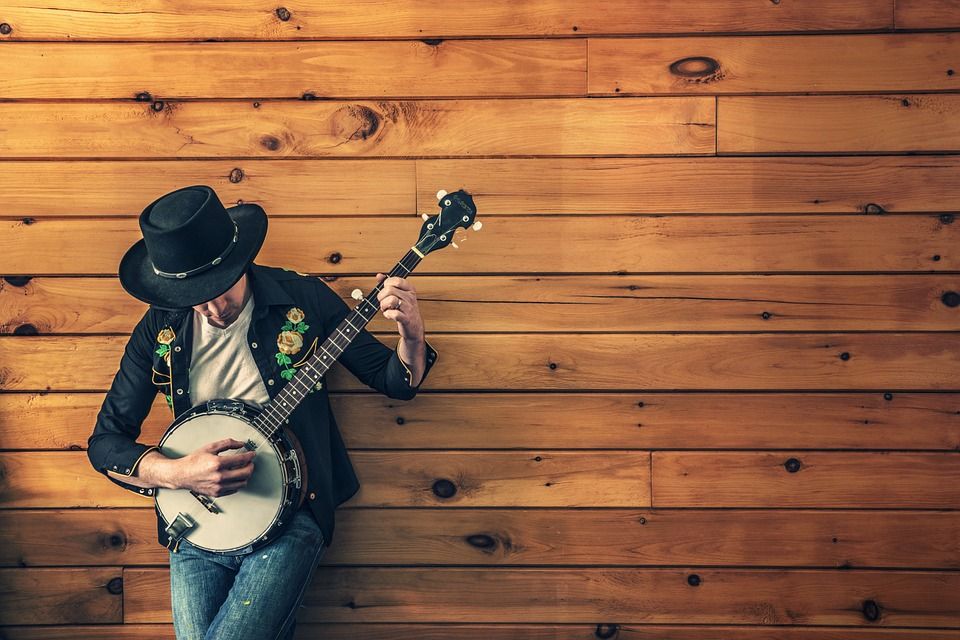 Most pieces of classical music, with the exception of 20th-century music onward, have a key in which they begin and end. Though most pieces modulate, the common thread of a pitch center keeps them knit together seamlessly. The same goes for any song on the radio.
Most pieces of classical music, with the exception of 20th-century music onward, have a key in which they begin and end. Though most pieces modulate, the common thread of a pitch center keeps them knit together seamlessly. The same goes for any song on the radio.
So, how can you give your piece a thematic center?
- What do you want your novel to say? Beyond the pettiness of genre categorization, what do you want readers to take away from your story?
- Boil it down to a simple concept — a sentence, even. If Aesop’s Fables can do it, so can you.
- Not to oversimplify: a good story must offer multiple messages, whether interwoven, evolving, or even seemingly disjunct. Regardless, you must be aware of the messages you are sending.
- Write a reverse outline: How does each chapter, paragraph, or stanza relate to the message?
Though you should feel free to explore beyond a single idea, don’t lose track of what you’re writing about. If you can’t keep track of what you’re trying to say, how can a reader? If you want it to be read a certain way, write it that way. Clarity is key.
5) Mind the Metronome
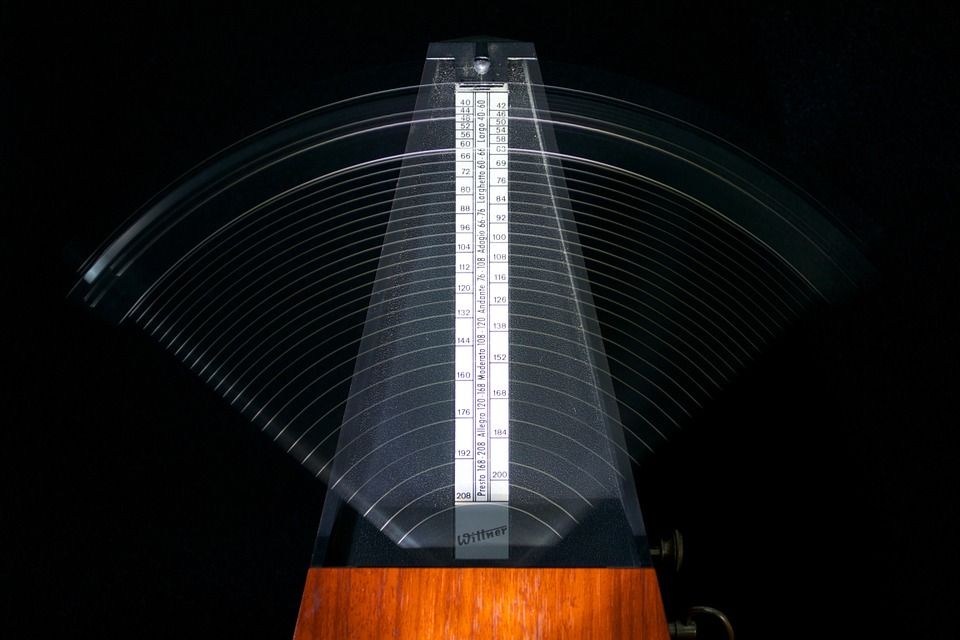 Rhythm is the heartbeat of good music as well as good writing. So make sure you turn on your metronome and follow the pulse. It’s just like staying in your lane when you drive; you can’t move forward without some (life)lines.
Rhythm is the heartbeat of good music as well as good writing. So make sure you turn on your metronome and follow the pulse. It’s just like staying in your lane when you drive; you can’t move forward without some (life)lines.
If you want to master the art of rhythm as a writer, write poetry, especially in an established form or meter. Plus, the practice of rhyming will heighten your sense of word choice exponentially.
Rap is a fantastic example of the rhythm of words in action. Listen and study these raps to learn how to improve your sense of rhythm in writing. As an added bonus, I’ve picked only tracks that include classical music — enjoy these creative interpretations!
- Coolio: “I’ll C U When U Get There” (samples Pachabel’s Canon)
- Nas: “I Can” (samples Beethoven’s Für Elise)
- Meek Mill: “Lord Knows” (samples Mozart’s Reqium in D Minor)
- Kendrick Lamar/National Symphony Orchestra: “These Walls”
- Sir Mix-A-Lot/Seattle Symphony: “Baby Got Back”
Being cognizant of rhythm on a small scale is important, but what about the overall tempo of your piece? When it comes to building a storyline, it’s all about pacing.
When do things need to accelerando, ritardando, or hearken back to a tempo? Do you need to relish a particular moment but not dwell so long as to stop time all together? Add a fermata. And of course, don’t forget to give your players room to breathe.
6) Listen To Your Predecessors
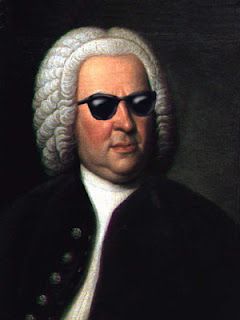 Awareness of the past informs and contextualizes old wisdom in a new light. Writers, it’s time to get Bach to the basics.
Awareness of the past informs and contextualizes old wisdom in a new light. Writers, it’s time to get Bach to the basics.
The simplest of means can yield grandiose emotional expression, and there is no finer example than Bach’s use of counterpoint, the delicate art of juxtaposing and interweaving multiple lines of music to create both harmonic and melodic continuity. It involves analyzing each note vertically, as part of the harmony, and horizontally, as part of the melody. It’s like writing a love story: you must develop two individual characters who come together to form a beautiful melody.
Counterpoint is about awareness of layers, which is a skill that can be developed and polished by writers of any level. A good writer knows how to craft a sentence that is beautiful and clear in and of itself while also relating it to the context of a paragraph, chapter, and, finally, a whole novel.
Another common technique used by Bach is building complex, glorious pieces on simple, brief micro-melodies, or motives. They can be inverted, expanded upon, condensed, or simply repeated. Here are some examples:
- Bach: “Toccata and Fugue in D Minor”
- Beethoven: “Symphony No. 5, Movement 1”
- Steve Reich: “Clapping Music”
- John Williams: “Hedwig’s Theme” (from Harry Potter)
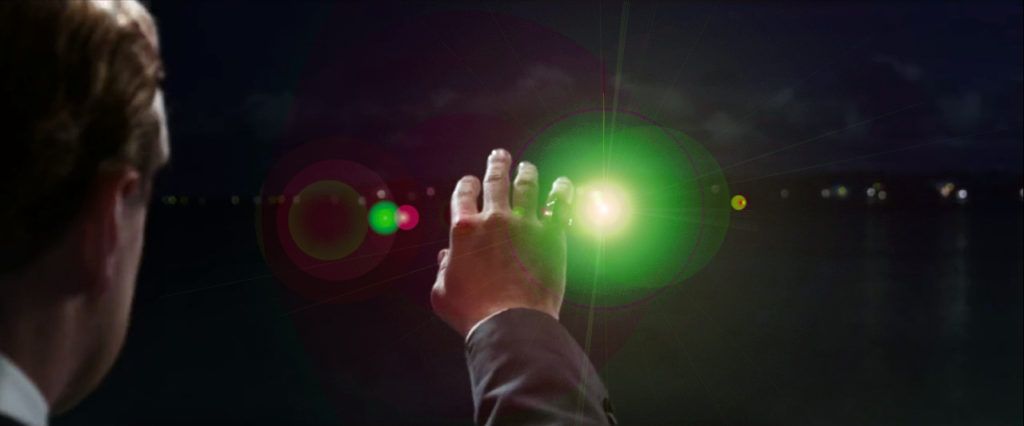 Boiling down a complicated idea, character, or theme to something simple makes your writing more memorable and understandable. In fact, this practice of simplification actually heightens your work to a new level of intellectual complexity. Here are some classic examples of motifs, the literary equivalence of motives (though both surely show the motivation of the artist):
Boiling down a complicated idea, character, or theme to something simple makes your writing more memorable and understandable. In fact, this practice of simplification actually heightens your work to a new level of intellectual complexity. Here are some classic examples of motifs, the literary equivalence of motives (though both surely show the motivation of the artist):
- The green light in The Great Gatsby represents unrequited love, which is a major theme throughout the novel.
- Elizabeth Bishop’s “One Art” can be summed up in its first line. Poetry lends itself wonderfully to recall and repetition.
- The Scarlet Letter’s main motif is a literal symbol worn on Hester Prynne’s chest. Hawthorne’s novel is truly an exploration of the symbolic.
Just like counterpoint, this awareness of layers is essential. It’s the difference between whistling a song alone and hearing the full version with the bass turned up; the main message is the same either way, but when you add more depth, you really start to feel something.
7) Embrace Dissonance
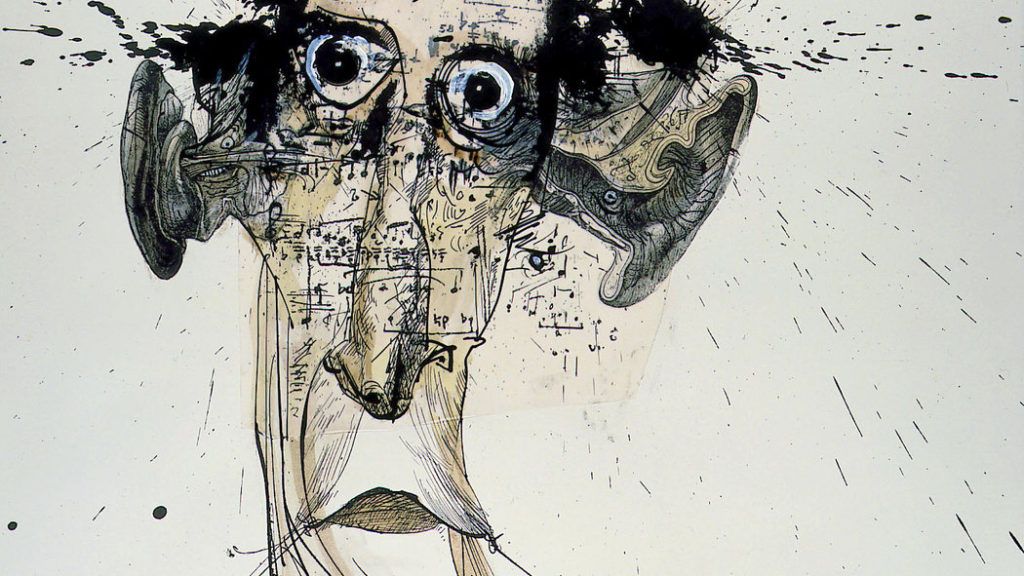
Half the point of making patterns is breaking them. Dissonance in music makes consonance all the more satisfying. Even Bach used it!
- In jazz, blue notes play with the expected, equal temperament scale.
- “Maria” from Bernstein’s West Side Story is arguably the most famous instance of a tritone (one of the most dissonant intervals) in a melodic line. (0:39)
- Schoenberg developed a concept called the “emancipation of dissonance,” which, along with 12-tone music, led composers away from the confines of keys.
Many 20th and 21st-century composers wrote (and continue to write) music that is completely atonal, or without a key. For a great literary parallel, read poems by E. E. Cummings. This one is called “l(a”.
Also think of James Joyce’s Finnegan’s Wake or Ulysses. Finnegan’s Wake probably has more dissonance of language, with the book starting in the middle of a sentence and ending in the middle of a sentence, but Ulysses has more dissonance of form, with the last section using no punctuation whatsoever.
So when you write, don’t stray away from challenges or moments of discomfort, whether they are manifested on the page or simply cause you distress while writing. Here are some ways to get out of your comfort zone:
- Don’t stray away from controversial subjects. Stravinsky’s “Rite of Spring” was about a virgin sacrifice, and the first performance in Paris, 1913, turned into a riot that drove the composer out of the building.
- Let your characters surprise you. Think of Macbeth and Lady Macbeth, whose out-of-character actions ended up transforming them beyond repair.
- Nothing is off limits. If you can imagine it, you can write it. Build suspense. Embrace the unknown and the unconquered.
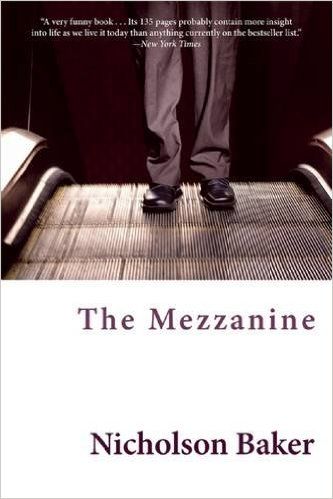 Try writing in a new genre or style. It might give you new insight into the styles with which you are more comfortable. Find your limits and go past them. Here are some pieces of experimental literature to ignite your creativity:
Try writing in a new genre or style. It might give you new insight into the styles with which you are more comfortable. Find your limits and go past them. Here are some pieces of experimental literature to ignite your creativity:
- Nicholas Baker: The Mezzanine
- This <150 page novel takes place on an escalator.
- David Markson: This Is Not a Novel
- Or is it? Markson bends genres and blurs lines in this successful work.
- Ernest Wright: Gadsby
- This 50,000 word novel contains not one example of the letter “e!” I bet you can’t even write a single sentence without the letter “e” (try! It’s super hard!) It also gives new meaning to the term “not an e-book.”
Now you’re ready: take on a challenge, whether it’s external or internal. You’ll find that it raises the quality of your writing as well as your confidence.
8) Stay True to Your Voice
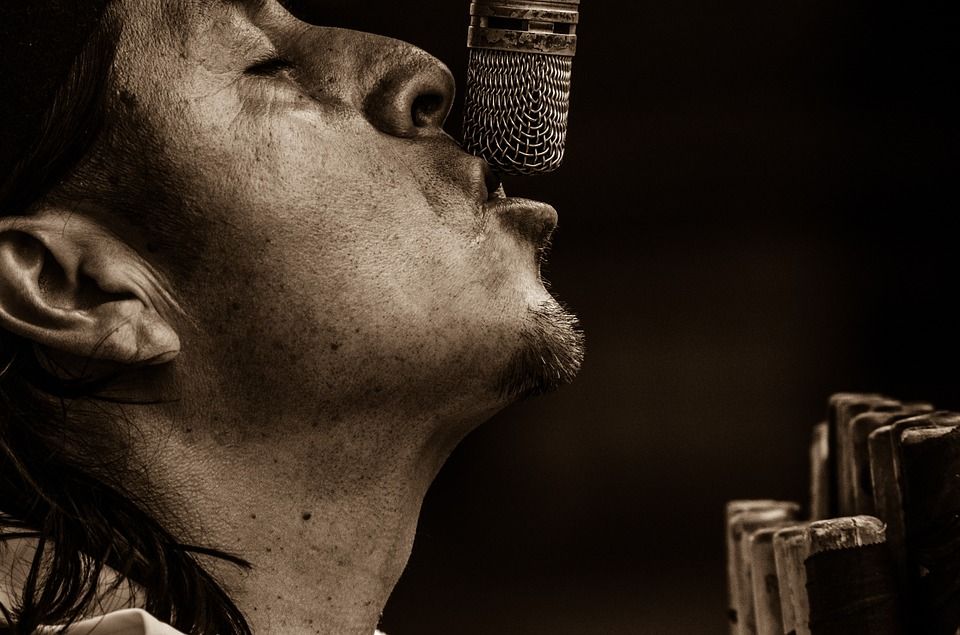 We don’t turn to Adele for a comic opera or Mozart for a killer power ballad. Instead, we appreciate each artist for their own voice. Though Thoreau is incredible, I’m sure we’re all thankful that Shakespeare felt no need to reside in the woods to live deliberately.
We don’t turn to Adele for a comic opera or Mozart for a killer power ballad. Instead, we appreciate each artist for their own voice. Though Thoreau is incredible, I’m sure we’re all thankful that Shakespeare felt no need to reside in the woods to live deliberately.
Conversely, don’t compare yourself too starkly against similar authors. If there is room for Battle Royale, The Hunger Games, Divergent, and The Maze Runner (and probably more!) to all enjoy massive YA literary and cinematic success despite their striking similarities, there is room for you, so long as you make sure the world knows you are worth it.
Throughout the lifelong process of self-improvement, don’t lose touch with your strengths. Your art is your fingerprint, so no matter how much you learn, grow and change, never lose your touch.
Author Bio:
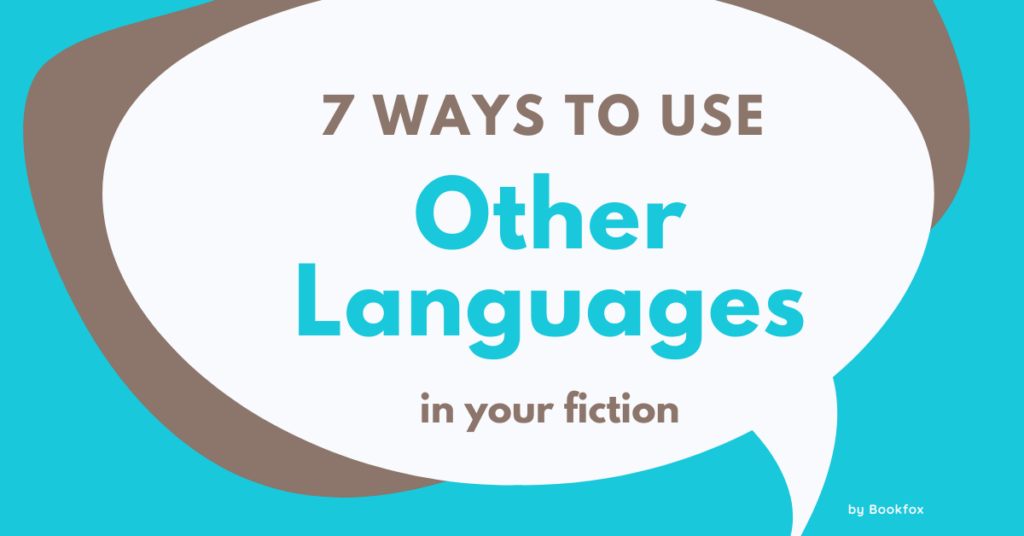


One thought on “8 Writing Techniques Inspired by Musicians”
This article both entertained and inspired me. The parallels between music and writing are undeniable but often overlooked. Thanks for opening my eyes to fresh creative ideas with this well-written piece!